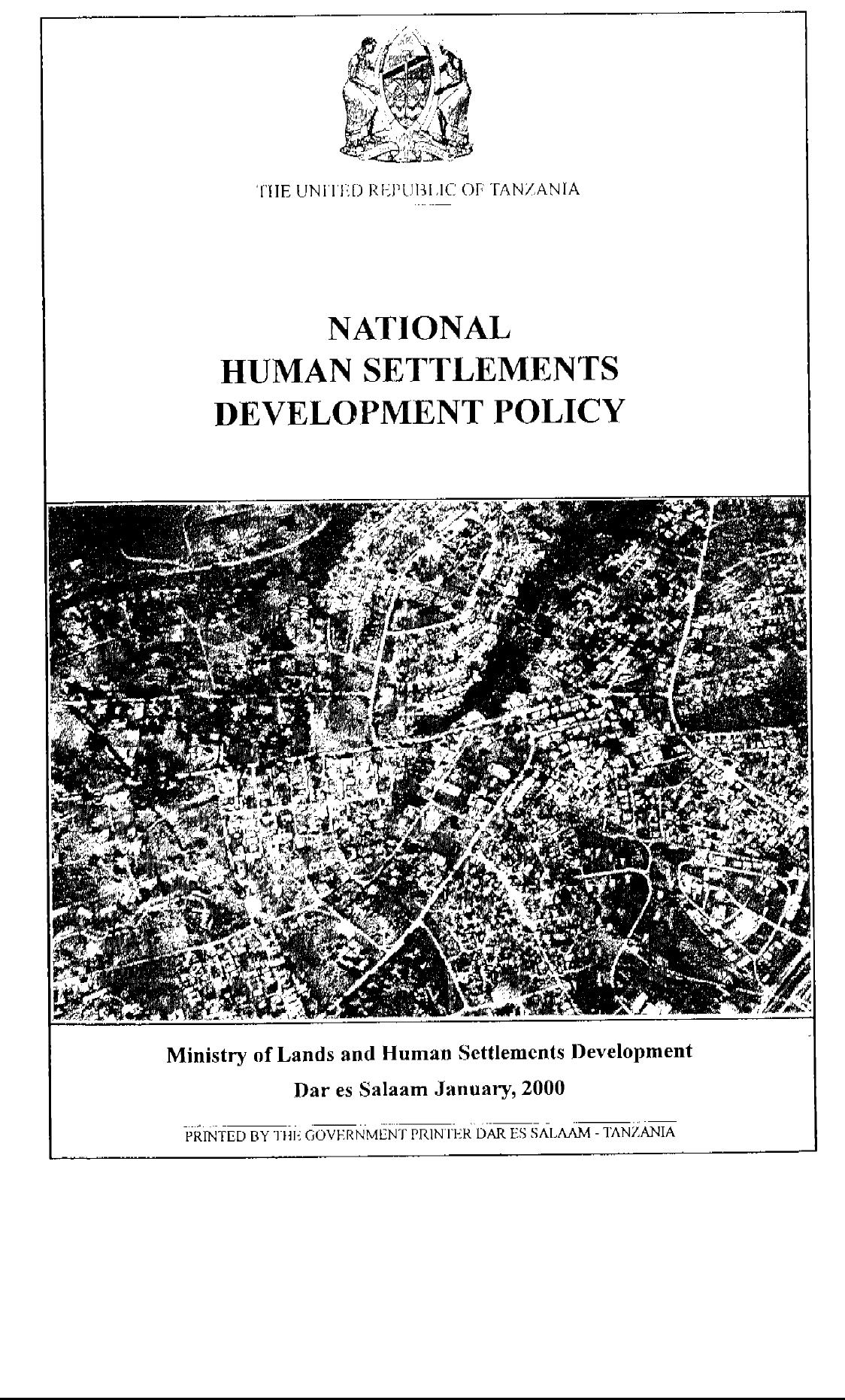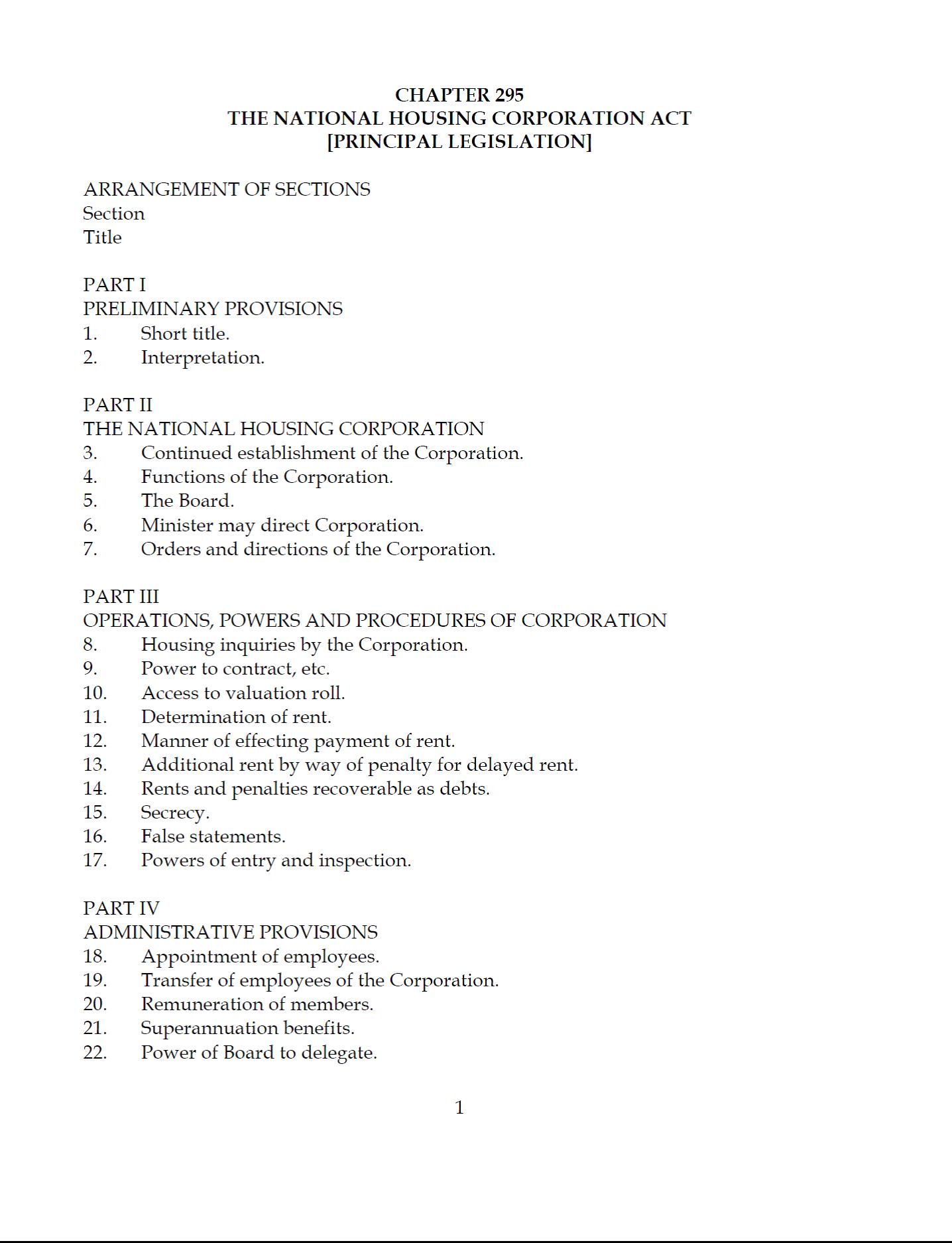Natural Resources and Environment Newsletter
In this issue, we discuss the Global Bioenergy Partnership and the important work it is undertaking - in collaboration with governments and international organizations - to establish sustainability indicators for bioenergy projects. We also report on the Food for the Cities Initiative, an integrative approach to coordinating FAO's activities in urban and peri-urban areas and sharing best practices with other international and civil society organizations. Finally, we introduce the new water report: Climate change, water and food security.



